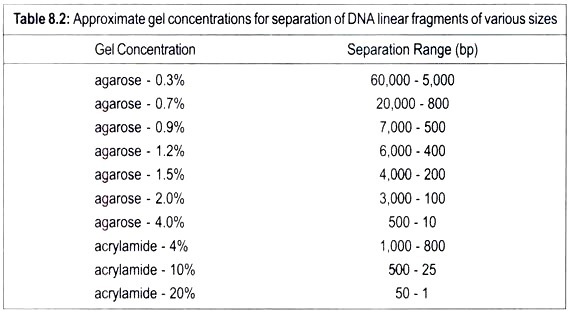Several theories have been proposed to explain the mode of enzyme action.
(1) General Theory of Enzyme action (Enzyme – substrate complex theory):
Victor Heneri (1903) first proposed that the enzyme (E) combines with substrate (S) to form enzyme-substrate (ES) complex as a necessary step in enzyme catalysis.
Later, Leonor Michaelis and Maude Menten (1913) expanded this concept into a general theory of enzyme action.
They postulated that E first combines reversibly with S to form ES- complex that subsequently breaks in a slower process to form product (P) and enzyme (E). The overall enzymatic reaction used in Michaelis-Menten model is
Here K1, K2 and K3 symbolize the rate constants. It is seen that the velocity (rate) of enzymatic reaction is influenced by the substrate concentration [S]. At low substrate concentration, the initial velocity (V0) of reaction increases with increasing [S]. The maximum velocity (Vmax) of a reaction achieved at high [S], when the enzyme is saturated. When a graph is plotted with V0 versus [S], a hyperbolic curve develops.
These observations can be expressed mathematically in form of an equation commonly known as Michelis – Menten equation:
In the equation Km is known as the Michaelis constant (measured, in mole, M) which varies between 10-3 to 10-6 M. Experimentally Km represents the substrate concentration required to half- saturate the enzyme and thus half Vmax is achieved.
A low Km value indicates strong substrate binding and a high Km value indicates weak substrate binding. Km is, therefore, a measure of the affinity of the enzyme for n, substrate.
In allosteric enzymes, instead of a typical Michaelis-Menten curve (hyperbolic curve), a sigmoid saturation curve appears.
(2) Induced Fit Theory (Flexible Model):
Koshland (1959) proposed the induced fit theory which states that approach of a substrate induces a conformational change in the enzyme. This theory further states that catalytic site of an enzyme contains 3 group i.e. attractive groups, buttressing groups and catalytic groups. As soon as the substrate comes in contact, the attractive and buttressing groups form a complementary structure so that the catalytic group comes in close proximity of the bond of the substrate to be broken.
 After the suitable ES-Complex has been formed, the catalytic groups impose a strain on the bonds of substrate through electrophilic and nucleophile forces. The strain weakens the bond which ultimately broken and the products are formed. The bond of substrate that is cleaved by an enzyme is called scissile bond.
After the suitable ES-Complex has been formed, the catalytic groups impose a strain on the bonds of substrate through electrophilic and nucleophile forces. The strain weakens the bond which ultimately broken and the products are formed. The bond of substrate that is cleaved by an enzyme is called scissile bond.
In case, a non-substrate approaches, the catalytic site does not undergo conformational change.
Evidences:
(a) X-ray diffraction and optical rotation analysis supported the conformational change in the catalytic site,
(b) It explains that non-substrates are not metabolized because the catalytic group remains at a distance,
(c) It explains the formation of transition state before the substrates convert into products.
(3) Bi-substrate Enzyme action:
So far we have discussed the reactions involving enzymes that require only a single substrate. This is generally called first-order or unisubstrate reactions. But, majority (about 60%) of enzymatic reactions are second order or bisubstrate reactions in which 2 substrates react to form 2 products.![]()
Bi-substrate reactions may be of following 2 major types:
(a) Sequential or single displacement reactions.
(b) Ping-pong or double displacement reactions.
(a) Sequential reactions:
In sequential reactions, all substrates must combine with the enzyme before any product is released. On the basis of sequence of substrate addition, sequential reactions may be ordered or random reactions. In ordered reactions, the binding of first substrate is compulsory for the binding of second substrate. It is followed by dehydrogenases requiring NAD+ and NADP+. In random reactions, either substrate maybe added first (e.g. kinases) and some dehydogenases react with random mechanics.
(b) Ping-Pong Reactions:
In Ping-pong reactions, one or more products are released before all substrates, have been added. Enzymes like chymotrypsin, transaminases and some flavoenzymes operate through ping-Pong mechanisms.
